PHOENIX CONTROL, THESEUS HAS LANDED!
Orion Technologies celebrates its first ever lunar landing tonight, after the company’s Phoenix OT-1 “Theseus” lander touched down near Haworth Crater Ridge at 4:43 AM UTC. The lander, nicknamed Theseus, was launched 9 days prior on the company’s Eagle 5 rocket. The lander autonomously course corrected and inserted itself into a lunar orbit on April 9. After an anomaly related to the oxidizer tank pressure was discovered on April 10, the company stood down its landing attempt that day, trying again the following day. This time, everything was nominal. The lander preformed the PDI(Powered Descent Initiation) flawlessly, setting the lander on a course to land near Haworth Crater Ridge. Theseus was able to live-stream video during landing thanks to Orion Technologies’ advanced Neuron Deep Space communication constellation in a Polar Low Lunar Orbit. This and the constant data downlink is a major step forward in lunar lander technology. The lander continued down to the Moon under its own power, slowing to roughly 10 m/s at an altitude of 50m. As the lander passed the 15m mark, it deployed the 4 EOPILR cameras, designed to create a 3D model of the lander’s plume interaction using 4K video footage. At roughly 10m, an anomaly occurred, resulting in an engine shutdown. The lander fell the 10m, hitting the lunar surface. The lander bounced twice before toppling over. The real-time video footage allowed teams at Phoenix Control to quickly assess the outcome of landing.
ORION TECHNOLOGIES CEO’s REMARKS:
Well, sideways is a little suboptimal. But, after months and months of work, Theseus is finally on the lunar surface. Everything about this mission was a test. It was our first lander, our first rovers, our first NASA payloads. And, I have to say, everything went really smoothly. Even our team’s response to seeing the lander tip over was exactly what one would expect from a professional group of aerospace engineers. Cheering flooded Phoenix Control.
FAILURE ANALYSIS
Our engineers quickly analyzed the data(and obvious visual evidence) from the Ladner and have deduced the root cause of failure. As the lander descends to roughly 15m, it starts to kick up large amounts of dust. Because of this, the LiDAR readings at 15m or below will not be accurate, as they would measure the dust, not the actual lunar surface. So, at 10m, the lander has to switch to its IMU(Inertial Measurement Unit) to tell its altitude for the rest of the way. During this transition, for some reason, the computer identified a phantom fault with the data from the IMU. It decided to completely ignore its data, and go back to the LiDAR’s data. This resulted in Theseus deciding to shut down its engine at 10m. The lander fell to the surface, and rather than the landing legs breaking(as we built them to be very rugged), they caused Theseus to bounce. The 16ft tall lander bounced twice before toppling over. Now, based on previous toppled landers(Intuitive Machines), this would typically mean a failed mission, but, Theseus lander and toppled in such a way so that its solar panels are almost perfectly aligned with the Sun. Teams immediately confirmed that Theseus was receiving power upon landing. Also, based on its orientation on the Moon, all but one of the instruments(LRTCI) are operable and will be able to gather valuable scientific data over the next following days. If our calculations are correct, Theseus should have enough solar exposure to fulfill its planned 10 day mission, even tipped over. And, all but one instrument are capable of gathering data, so, Orion Technologies is going to classify this one as a success. Additionally, based on the orientation, and our novel rover deployment approach, both of our Fox Rovers should be able to be jettisoned and driven around. Obviously, for OT-2, we’ll integrate systems or methods to prevent a repeat of OT-1. We are again reminded of the famous saying, “We got to the Moon, not because it is easy, but because it is hard.” Failure is hard. But it drives innovation, and ultimately, success.
Questions related to Phoenix OT-1 can be answered in the comments below. Enjoy, and good luck in your future ventures!
GENERAL INFO
- Predecessor: ANNOUNCEMENT: Orion Aerospace Eagle 5 rocket lifts off, explodes over the Atlantic!
- Created On: iOS
- Game Version: 1.3.204.1
- Price: $0k
- Number of Parts: 6
- Dimensions: 0 m x 6 m x 6 m
PERFORMANCE
- Total Delta V: 0m/s
- Total Thrust: 0N
- Engines: 0
- Wet Mass: 13kg
- Dry Mass: 13kg
STAGES
| Stage | Engines | Delta V | Thrust | Burn | Mass |
|---|
5 Comments
- Log in to leave a comment
-
-
1,266 OrionTechnologies3 days ago
@VonKaramanIndustries, thanks! I use @TheQiQi’s JNO Toolset for the logos.
-
-
3 days ago
I think i've seen this picture before... ;) Also, how do you make custom logos? (NASA and US flags) thanks in advance!

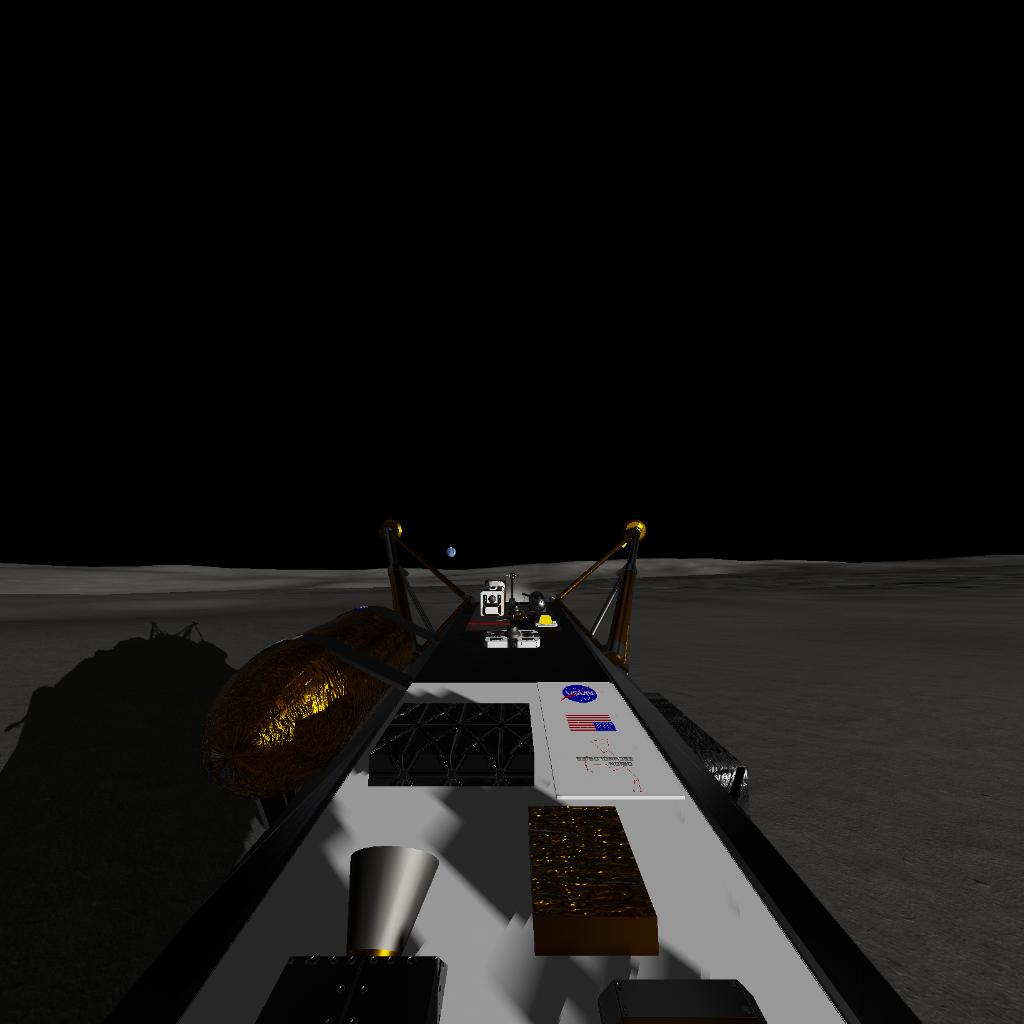
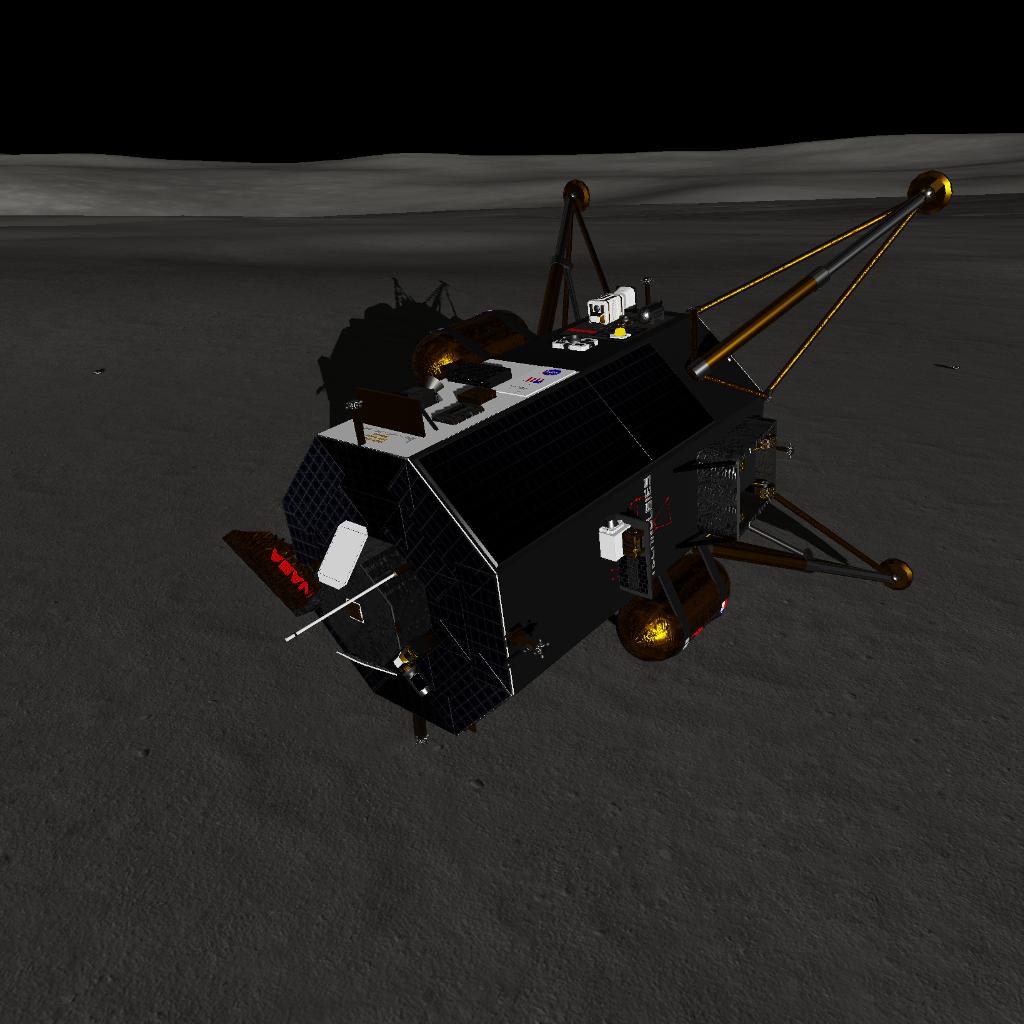
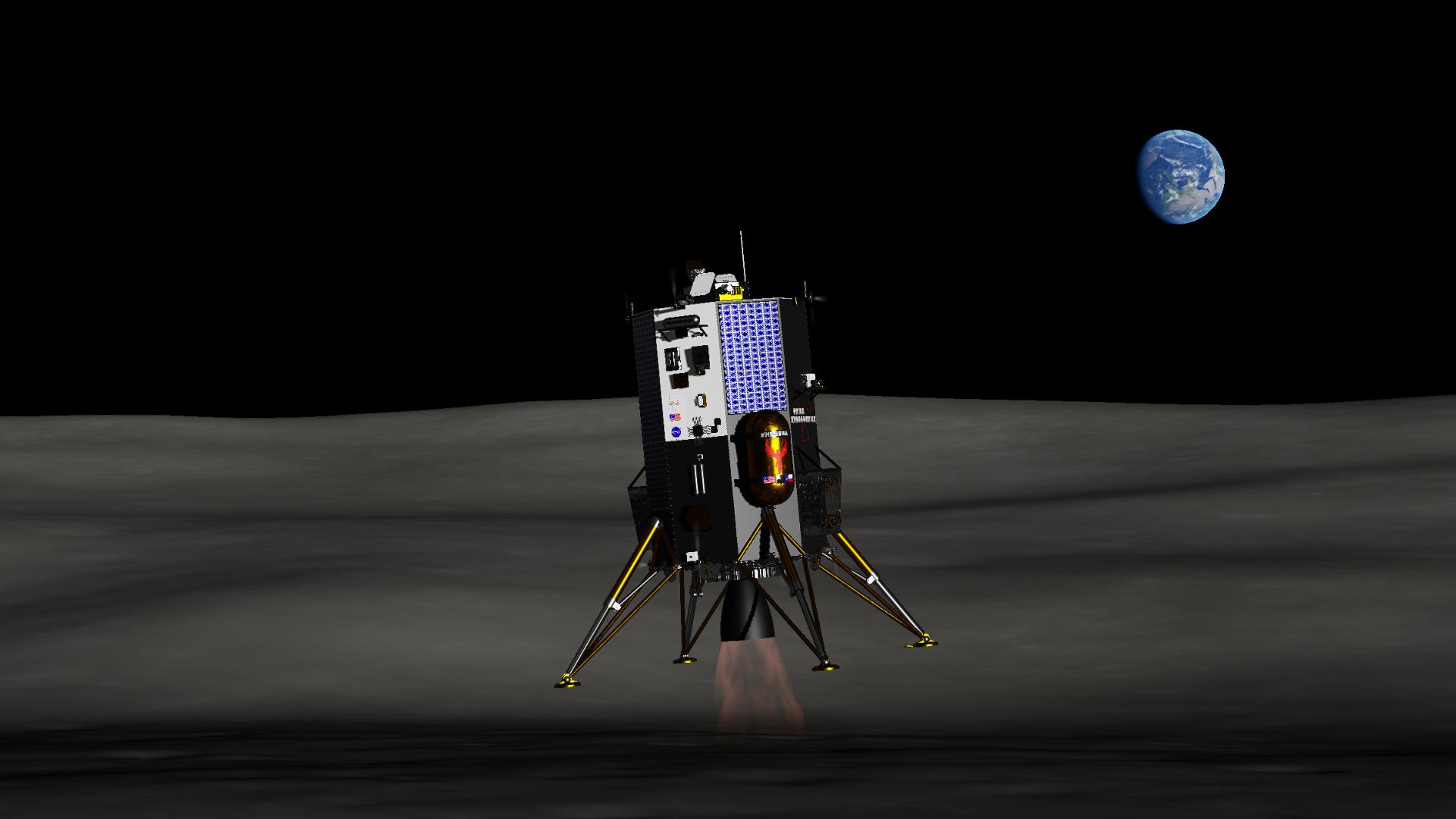

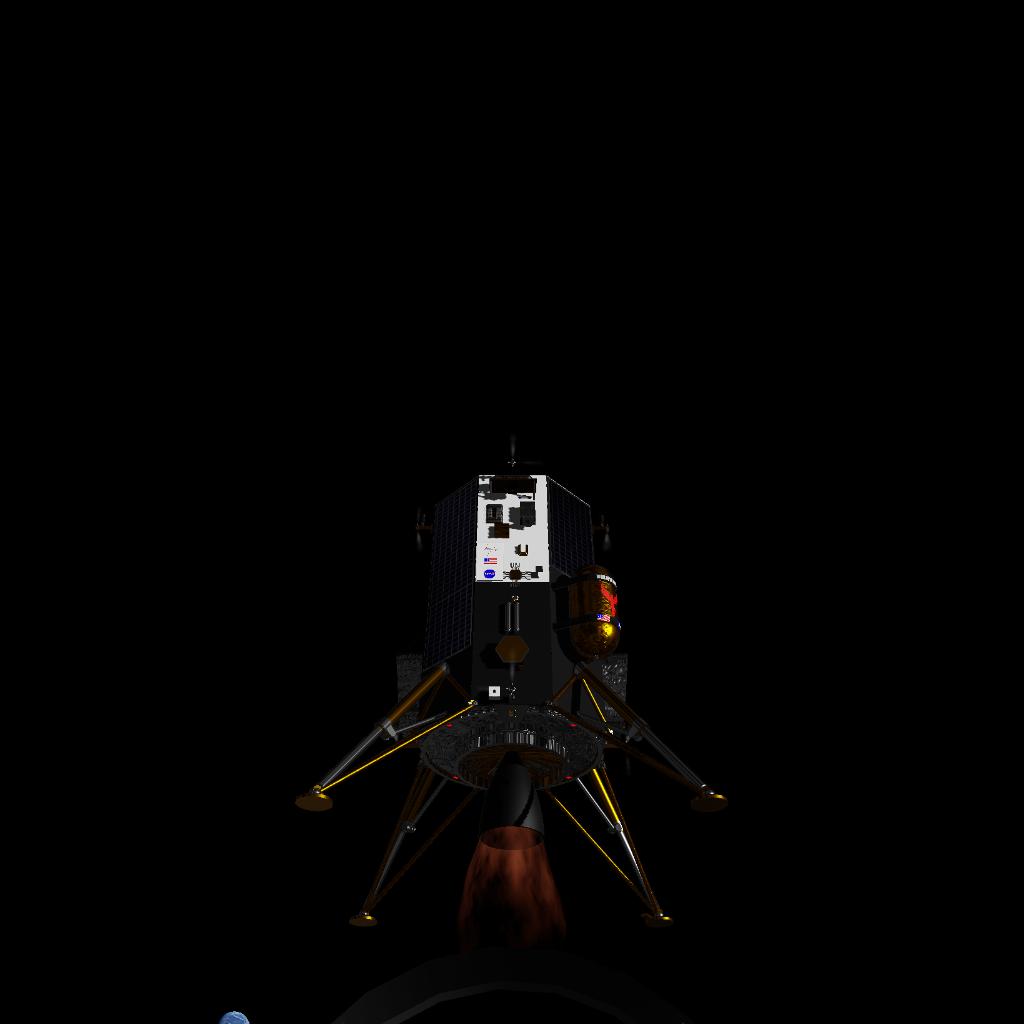

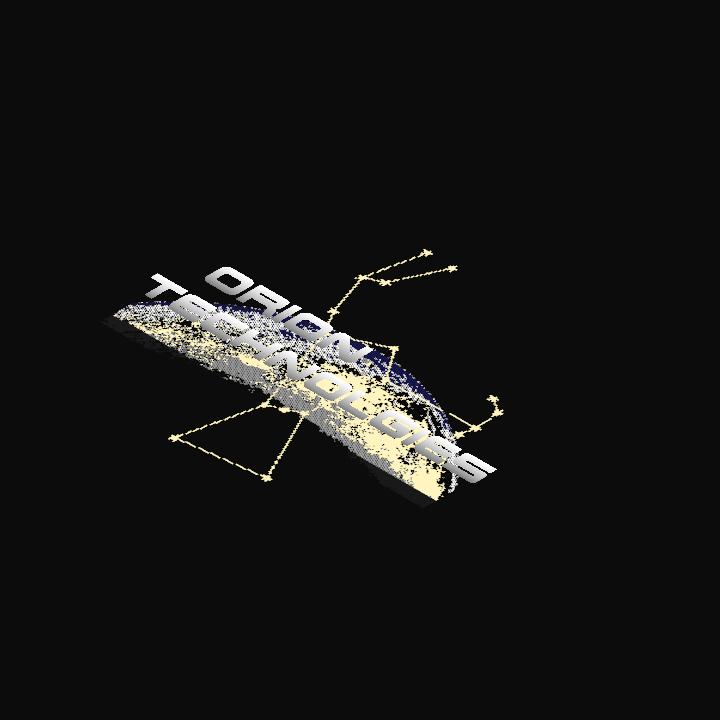


Both Fox Rovers deployed successfully and are now driving around and collecting magnetic field data!